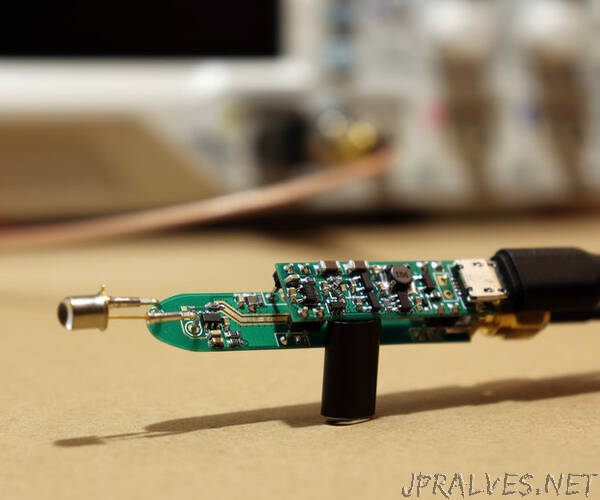
“The first prototype of any circuit doesn’t always work almost never works 100% like expected and therefore troubleshooting is an essential part of the engineering process. This usually involves taking measurements of the circuit and tweaking things as needed. Commonly this is done with an oscilloscope, just probe the voltage of any signal and see how it changes over time.
However in some (rare) situations the light generated by a circuit is the “signal” you care about. Measuring the drive voltage/ current is not always possible and is also inaccurate. Personally I am curious about how the typical 0.96” OLED screen works, especially how the configuration settings, the panel voltage and the segment current effect the light output. During the design process I came across gerrit’sµs photography flash, which is used to “freeze” fast moving objects on photographs and he would also like to measure the light directly.
Obviously there are plenty of light sensors available, but not a single, public available design came even close to the speed I needed. Thus I created the Light Probe, a very fast light sensor which can be connected to any oscilloscope and used like any other probe! The original bandwidth target was around 10MHz, but the final design can now be used for at least 50 MHz and therefore matches or even exceeds the bandwidth of most entry level oscilloscopes, including the popular DS1054Z.
This instructable contains not only step-by-step build instructions, but also contains optional information why certain design decisions have been made, how it was tested and what optimisations were made. Feel free to jump to any chapter that interests you.”
